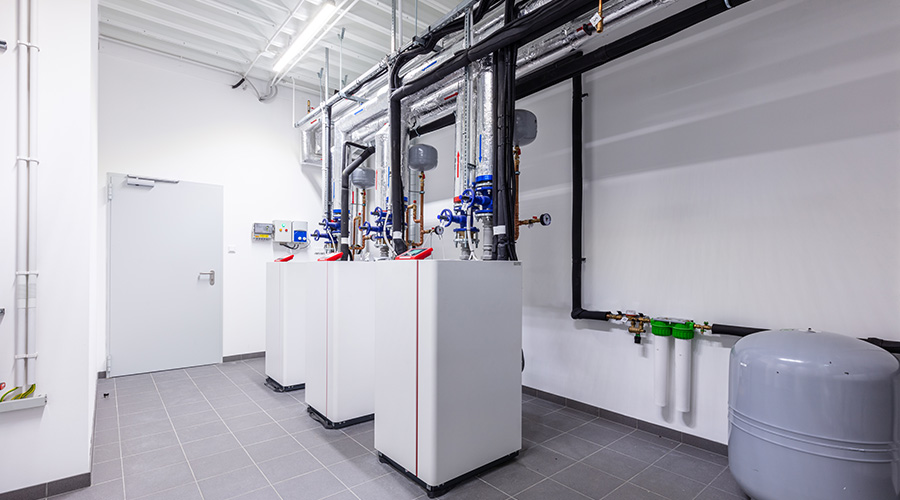Understanding VRF Safety Standards and Codes
ASHRAE Standard 15 and 24 apply to VRF systems. As well, make sure to consult the authority having jurisdiction about local code compliance.
It’s important to note that VRF systems distribute refrigerant throughout occupied space. As a result, two ASHRAE safety standards apply, which address refrigerant toxicity and flammability. It is also important to consult the local authority having jurisdiction at the start of design to ensure compliance with local codes. VRF systems are restricted in most municipalities to only allow a certain refrigerant charge per system; therefore, some applications require a single system to be broken down into two (or more) separate systems.
ASHRAE Standard 15: This application-based standard establishes safe procedures for design, construction, installation, and operation of refrigeration systems. It also sets limits, based on occupancy classification, for the maximum refrigerant charge by volume of occupied space. This is called the refrigerant concentration limit, or RCL. The preliminary VRF system layout should always be checked to determine if the building’s proposed RCL complies with these requirements. If it exceeds the RCL levels, action is needed to reduce that number to an allowable level. Some options could include: increasing the room volume, relocating or removing refrigerant piping, or dividing the refrigerant circuit to reduce the charge.
ASHRAE Standard 34: This standard assigns each refrigerant a safety classification based on toxicity and flammability levels. Each refrigerant is also assigned a corresponding global warming potential and ozone depletion potential.
Aubrey Kohler focuses on HVAC and central plant design, commissioning, and LEED certification consulting for McGuire Engineers. She uses 3D digital modeling design to analyze the full scope of each project and create cohesive, efficient designs. She has been with the firm for 8 years.
Email comments and questions to edward.sullivan@tradepress.com.
Related Topics:















